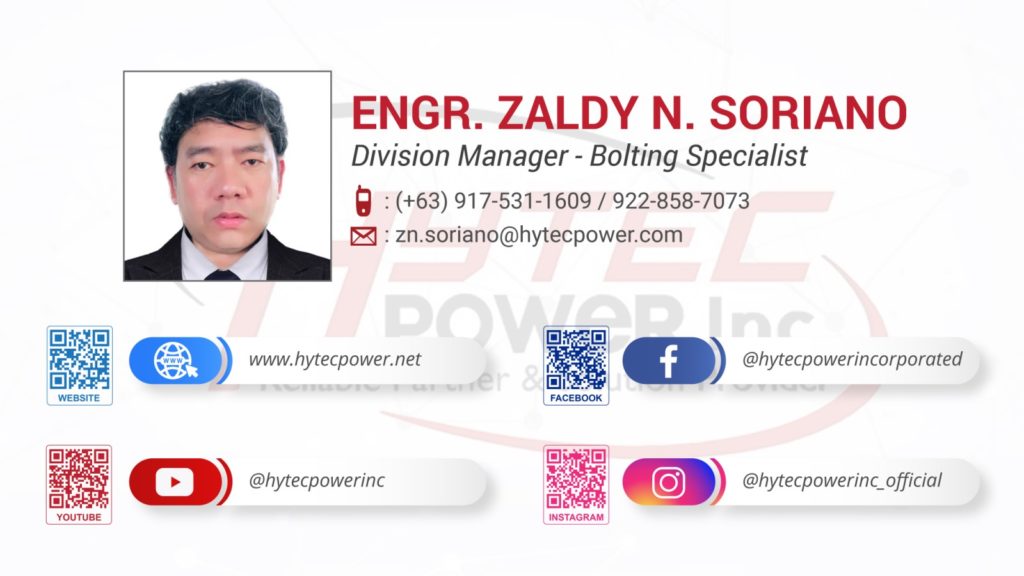A hydraulic solenoid valve is a solenoid controlled directional valve used in a hydraulic system for opening, closing or changing the direction of flow of the liquid. The valve operates with a solenoid, which is an electric coil wound around a ferromagnetic core at its center. The valve consists of various chambers also called ports. The solenoid is used for sliding the spool within the valve, opening or closing the ports. The spool is the cylindrical component which serves the function of the valve by either blocking or allowing the flow of liquid through these ports, depending upon its position.
Design options
These hydraulic solenoid valves are available with features like socket head cap screws with hexagon socket, magnetic coil, sealing set for Pohl tube, O-ring set for connection plates or, blind plate including 4 O-ring. These features support reliable fastening and tight sealing to prevent leakage during the process.
Detent mechanism
A detent mechanism can be a magnetic or mechanical catch to prevent the motion of the spool. Some hydraulic solenoid valves use this detent mechanism to hold the spool in an open or closed position when de-energized. When energized, the spool is released, and it returns to its original neutral position. In a 2-position valve, the valve can be detented for spool to remain in either position. For a 3-position valve, the valve can be detented to remain in any of its three positions.
Industry examples
Hydraulic solenoid valves are used in a wide range of applications that use a hydraulic system. Common hydraulic solenoid valve applications are:
- Water supply system
- Turbine system
- Fuel/gasoline supply system
- Wastewater treatment plants
- Process control in manufacturing plants
- Hydraulic motors, breaks, pumps in automotive industry
- Hydraulic machinery in aerospace and marine industries
- Heavy machinery in construction and landscaping
- Machinery in agricultural sectors
Points of attention & selection criteria
- Number of ports and positions: This should be selected based on the requirement of your application.
- Spool action: This should be based on whether your application requires the spool to return back to the center or stay in place when de-energized.
- Flow: The flow requirement for the application will help in determining the size of the valve.
- Material: The material of the valve should be compatible with the properties of flowing media.
- Temperature: The valve materials can withstand the minimum and maximum temperature requirement of your application. Temperature is also essential in determining valve capacity as it affects the viscosity and flow of the fluid.
- Pressure: The valve must be able to withstand the maximum pressure required for your application.
For inquiries contact Hytec Power Inc. PH Distributor

